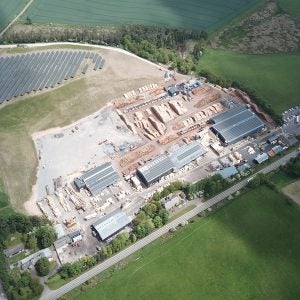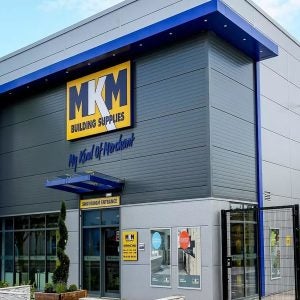The division saw the profits increase to US$23m, compared to US$14m a year ago and US$21m in the prior quarter.
In Europe, panel markets continued to strengthen, driven by robust OSB demand growth in Norbord’s core markets. In local currency terms, average panel prices were up 24% versus the same quarter last year and up 3% from the prior quarter.
Shipments were 1% lower than the same quarter last year and 5% higher than the prior quarter due to shipment timing. The European mills produced at 87% of stated capacity in the quarter compared to 100% in the same quarter last year and 89% in the prior quarter.
Capacity utilisation decreased year-over-year due to the restated annual production capacity to reflect the new OSB continuous press line at the Inverness, Scotland mill that was substantially completed in the fourth quarter of 2017.
Production from the expanded Inverness mill will not significantly increase until 2019 when the new finishing line installation and commissioning are complete. Quarter-over-quarter, capacity utilisation declined due to the timing of annual maintenance shuts.
Worldwide, Norbord’s adjusted Q3 EBITDA were $211m, a 6% increase year-over-year.
Norbord’s 2018 capital expenditures are forecast at approximately US$200m, including the Inverness, Scotland finishing line, Chambord, Quebec rebuild, Grande Prairie, Alberta debottlenecking and preliminary engineering for the Huguley, Alabama woodroom projects (as described below), as well as other projects focused on reducing manufacturing costs and increasing productivity across the mills.
Included in the year-to-date capital investments is US$9m for the Inverness, Scotland mill modernisation and expansion project. Installation of the new finishing end will be completed during the fourth quarter of 2018. Total capital spending to-date for the project is US$143m, with the project cost expected to total US$145m, 7% above the $135m budget due to significant fluctuations in the relative values of the Pound Sterling, Euro and US dollar currencies over the two-year life of the project.






